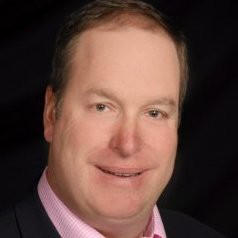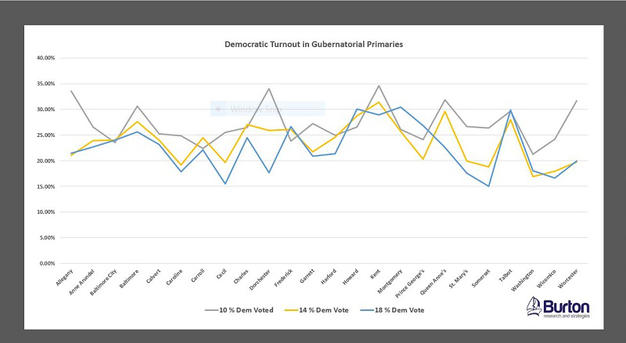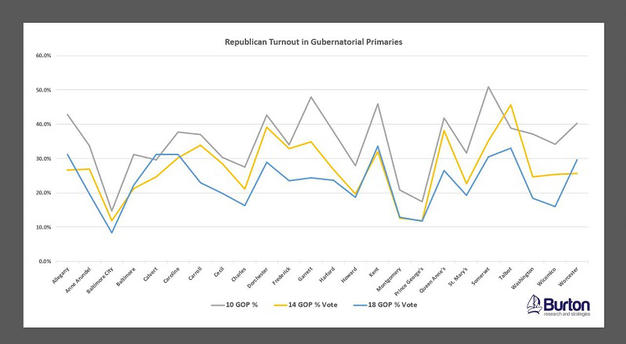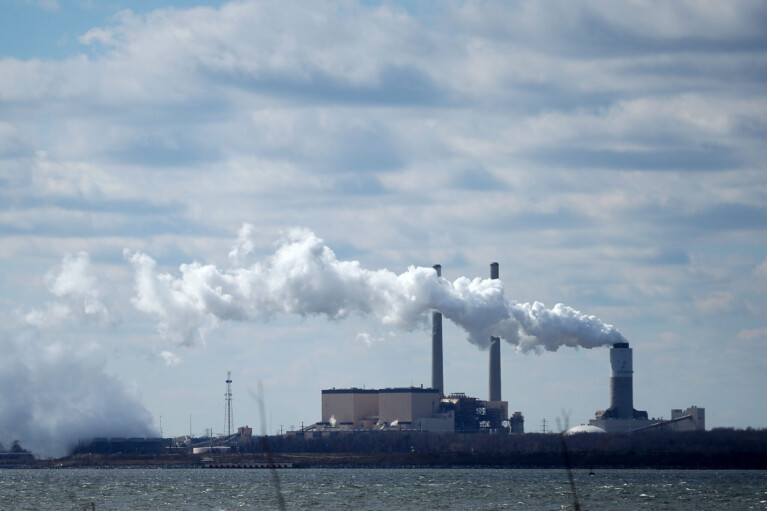Opinion: Reading the Turnout Tea Leaves
Last month’s primary elections demonstrated Marylanders are not as energized as we have seen voters in many other states’ elections since President Trump took office. Over the past 18 months, there have been multiple special, statewide and legislative elections around the country in which Democrats have turned out at much higher rates than in previous elections in those districts — not only in general elections but in primaries, too.
But in Maryland, enthusiasm and interest among Democratic Party voters appears tempered compared to Democratic turnout in other states. For example, in Virginia’s 2017 election, Democratic turnout was up “170 percent more than the last time there was a contested primary in 2009.” And in Texas earlier this year Democratic turnout increased 87 percent over 2014.

Jim Burton
In Maryland’s Democratic gubernatorial primary, there were seven credible campaigns and nearly all had enough money to communicate, with varying degrees, to primary voters. The field of candidates had geographic, ethnic and gender balance. There was great expectation that turnout would be high, as each candidate should have well-engaged their supporters and appealed to voters. But to many, the turnout results last month were surprising and disappointing.
In Maryland’s 2014 Democratic primary, with three viable candidates running, turnout was 24 percent. In the Republican primary in 2014, which included multiple credible candidates, turnout was also 24 percent. While 2018 final numbers, including absentee and provisional ballots, are not yet available, reports indicate a 20 percent turnout in the GOP primary and a 26 percent turnout for Democrats.
The dip in Republican turnout can be explained by the lack of a top-of-the-ticket primary; Gov. Larry Hogan ran unopposed and none of the Republicans running for U.S. Senate had the campaign funds to generate enthusiasm for that race.


To be fair, the Democrats in some Maryland jurisdictions did see a slight turnout increase from 2014, but statewide numbers did not significantly increase nor come anywhere near Virginia or Texas. The raw number vote difference between 2014 and 2018 among Democratic voters in the primary was 58,504.
In Rushern Baker’s home county, Prince George’s, turnout was up 31,426 votes from 2014, or an additional 6.5 percent. In Montgomery County, 25,118 more Democratic voters showed up to vote compared to 2014, a 4.7 percent increase. In both of these counties, there were high-profile Democratic primaries for county executive, which may have contributed to increased turnout, along with other local competitive races.
While the Democratic turnout was relatively low, anecdotal reports claim that many were different voters than the traditional Democratic primary voters. More than looking at the number of voters, close examination will need to be given to the age and ideology of the 2018 primary voters. If they are, indeed, newly engaged voters, this could be a huge problem for the Republican Party in November if the Democrats succeed in getting both their traditional and newly engaged voters out in November.
But on the other hand, from turnout data, Democrats who talk about a Blue Wave in Maryland appear to be improperly interpreting the tea leaves because there is no significant enthusiasm advantage among hard-core Democratic partisans. Maybe Democrats were not enthused by their options at the top of the ticket. Or could it be the broad appeal Gov. Hogan has with voters of all partisan stripes that kept too many voters home?
Likewise, the Republicans need to carefully scrutinize the primary results. Did voters stay home because of no top of the ticket primary? Or are Maryland GOP voters less united behind the party than it needs to be for a Hogan victory in the fall?
Both parties understand that the race is on to court and appeal to every single voter. Are the gubernatorial candidates too far left in their own party to appeal to traditional primary voters and bring them out in November for their own party’s candidate, or will we end up with low voter turnout in November? Which nominee can create broad appeal despite ideological difference with some of their party’s traditional voters?
Both Hogan and Ben Jealous have been strutting their messages, but who will better succeed at resonating with their party’s base while bringing in newly engaged voters? And who will better court the unaffiliated voters?
November is only a few months away and time will tell!
— JIM BURTON
Jim Burton, a GOP pollster and strategist, is former executive director of the Maryland Republican Party.




 Creative Commons Attribution
Creative Commons Attribution